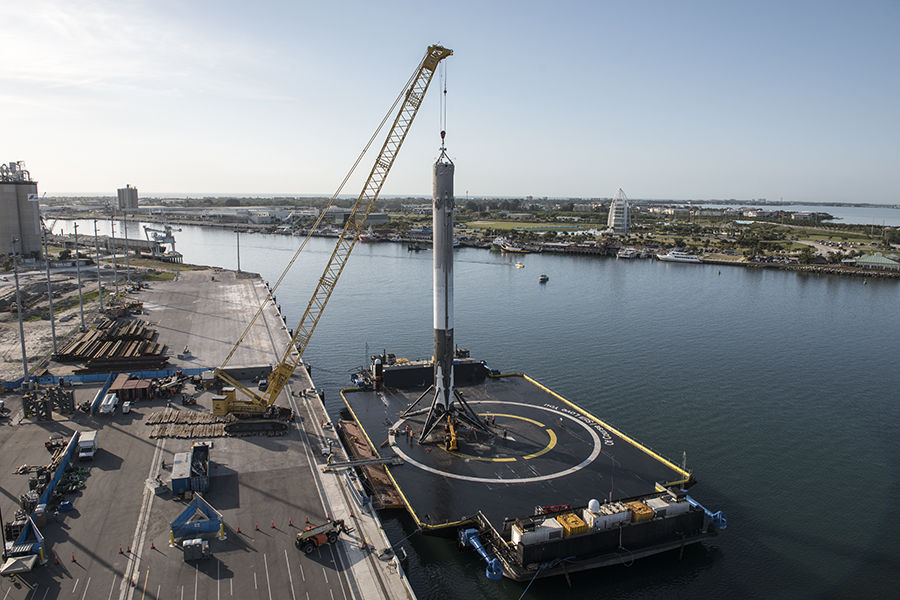ESA In Talks With SpaceX Over Launches To Replace Soyuz

European Space Agency confirms it is in talks with SpaceX over using Falcon 9 as temporary backup after sanctions block Russia’s Soyuz
The European Space Agency (ESA) has confirmed it is in technical discussions with SpaceX over whether to use the company as a temporary back-up after losing access to Russian launch capabilities.
ESA director general Josef Aschbacher told Reuters the agency is looking at the possibility of using launch capabilities from SpaceX, Japan or India as a temporary measure while waiting for France-based Arianespace to complete its delayed Ariane 6 launcher.
Aschbacher said SpaceX was “the more operational” of those three options.
He said talks are currently focusing on whether SpaceX’s Falcon 9 rocket would be technically suitable for the launches in question, with questions around the interface between satellite and launcher and the types of launch vibration.

‘Technical compatibility’
“We are looking into this technical compatibility but we have not asked for a commercial offer yet,” he said. “We just want to make sure that it would be an option in order to make a decision on asking for a firm commercial offer.”
He added that any deal would be considered temporary and that he is not concerned about the future of Ariane 6.
Arianespace was founded in 1980 as the world’s first commercial space launch service provider in order to ensure an independent launch capability for Europe.
Aschbacher said Russia’s war with Ukraine had been a “wake up call” that Europe had become too dependent on Russia and that “we have to really strengthen our European capability and independence”.
Soyuz
The ESA has been using Italy’s Vega for small payloads, Russia’s Soyuz for medium launches and the Ariane 5 for heavy loads.
The next-generation Vega C made its debut in July but Ariane 6, designed in two versions to replace both Ariane 5 and Soyuz, has been delayed until next year.
Last month Henry Joy McCracken, an astronomer at the Institut d’Astrophysique de Paris, speculated that the ESA could use Falcon 9 for payloads such as the billion-euro Euclid satellite that was originally scheduled for a March 2023 Soyuz launch from French New Guinea.
He acknowledged that ESA member states that have invested heavily in European launch infrastructure might find it difficult to opt to use SpaceX.
International Space Station
“But for myself and many of my colleagues who have worked on the satellite for more than a decade, we would prefer Euclid to be launched sooner rather than later, even if it means launching on a Falcon 9,” he wrote in an op-ed piece.
He said using Falcon 9 could “(maximize) the return on the enormous scientific investment” and would also be the cheapest option.
The ESA’s Aschbacher told Reuters Russia may not follow through on threats to withdraw from the International Space Station and that “the work on the space station is proceeding, I would say almost nominally”.
“We do depend on each other, like it or not, but we have little choice,” he added.